Kids are increasingly more and more sedentary
Great Britain’s Youth Sport Trust charity recently conducted a survey by contacting 1,000 children who were aged 5 to 16 about their gaming habits. The results revealed that 25% of the children polled feel that video games are exercise. Even more shocking is that the percentage rose to 31 percent among seven and eight-year-old children. The study also revealed that children are spending roughly 3 hours a day engaging in screen-based activities.
While some will shake their heads and say “but this isn’t in OUR country,” findings in the US are not a lot better, where 24% of teens agree with the statement that they are “constantly online.” With universities like Robert Morris University of Chicago adding online sports to its athletic program and planning scholarships based on video gaming, the trends are not progressing healthily, no matter where you live.
Is Playing Video Games a Sport? Despite what one might think, there are people on both sides of the “is video gaming a sport” argument who are fiercely defensive of their position. The “pro-active life” side stresses that video gaming is not a sport, as sports require athletic skill, conditioning, and strength, while video games involve sitting and pushing buttons. They think that including video gaming as a sport is an insult to the many athletes who work hard to develop physical skills like endurance, speed, strength, and perseverance. In their mind, video games are as much a sport as watching movies.
The “pro-gaming” camp says video gaming is a virtual sport, requiring just as much skill and mental focus as any sport. “After all,” they say, “chess is a sport, and like video games, requires strategy, is played worldwide, and is a competitive game. One must learn how their opponents play, must practice, and must understand the rules of each game.”
No matter which side a person is on, the fact is that people are sitting way too much and actively exercising way too little. The very word “exercise” is avoided in most programming, advertising, and discussions. When did exercise become a bad word? School programs focus on “physical activity,” and health clubs eschew the value of “fitness” but no one wants to use the “E” word, for fear of alienating people. While the dictionary defines exercise as “physical activity that is done in order to become stronger and healthier,” the word exercise has become a marketing anathema. According to most, exercise isn’t fun.
What if we thought of exercise as play, not the sedentary gaming kind of play, but the kind of play that involved movement? After all, children engaged in free play are reaping some of the best exercise of all, running, jumping, sliding, and using hand/feet/eyes to develop coordination and balance; the benefits of play are well researched and documented. Conversely, studies show that the more TV viewing and low leisure-time activity that an adolescent participates in, the greater the chance of developing metabolic syndrome later in life, which is a combination of obesity, cholesterol issues, hypertension, and an inability for the body to regulate glucose levels, leading to weight accumulation and potentially type 2 diabetes.
The truth is that exercising improves our chances to live a life worth living and keep us mobile as we age. The Mayo Clinic recently shared seven benefits of regular exercise, and every one of them is something that many people complain about every day, like wanting to find ways to lose weight, sleep better, be in a better mood, and have more energy.
If exercise offers all of these benefits, why isn’t everyone exercising? Why, as we get older, do we forget how to enjoy playful, active behavior, and make excuses as to why we don't play/exercise? We work predominately sedentary jobs, live on our devices, and when we get time to ourselves we are too tired to do anything but sit on the couch and “rest” before we go to bed, then get up and do it all over again. It is important to remember that everyone of all body shapes and sizes needs to exercise because it is not all about weight. It is also about keeping the body functioning, which requires movement.
Let’s look at some top exercise excuses, as well as possible solutions to get you and your family moving.
-
It’s too difficult.
Sadly, a lot of advertising for fitness-related products and programs has taken it to an extreme. In these cases, the standards for fitness have become elevated in such a way that too much focus is placed on what your body can’t do, rather than what it can do. One does not need to aspire to bodybuilder status to improve their overall health, nor run in an endurance race, join a team, or order the latest set of extreme fitness DVDs. It can be as simple as taking a daily brisk walk, riding a bike, taking a few laps at the local pool, or finding a free outdoor fitness park and exercising at one’s own pace. The key is to make it enjoyable so the behavior is repeated. This may take several attempts to discover, but with so many options, there is most certainly something for everyone.
-
It’s boring or I just don't care for it.
If this is your opinion of exercise, you haven’t found the right thing. Brisk walks while listening to music, biking, dancing, joining a team, obstacle racing, gardening, skating, playing catch with the kids, doing agility with your family dog, there are so many options! If it’s not done sitting and it elevates your heart rate, it’s exercise! Don't let preconceived notions define what you consider exercise; just get moving. Does it make your joints ache? Try swimming or cycling. Do you hate to get sweaty? Find an indoor activity. Do you get lonely exercising or lack motivation? Find a local boot camp, yoga class, or dance team to get group dynamics and encouragement. Whatever you try, give it time. Behaviors aren’t changed overnight, and it may take several weeks before the activity feels enjoyable or part of your routine.
-
I don't have time.
To address this concern, write out what you do each day. Yes, everyone leads busy lives but carving out 30 minutes a day should be easily attainable. Do you watch TV at night? Television and video games are the predominant forms of “resting” for most regular families. Thanks to the Internet, television, live streaming, social media, texting, and an abundance of video games, people are becoming more and more sedentary. Families can all benefit by getting active instead. Sitting at a desk all day, whether in school or at work, should not be followed by more sitting at night. Find the time to get active; it’s always worth it.
-
I’m too tired.
Working out actually gives you energy as your body produces endorphins and circulation is increased. Experiment with different times of the day. It might make sense to get up 30 minutes earlier and start your day with exercise to increase productivity throughout the day. Try taking a walk at lunch, or bike to and from work. Remember, your daily exercise does not need to be all at once to be beneficial.
-
I can’t leave the kids alone.
Take them with you! Head to the park, or the local playground, and/or schedule family meet-ups with other families. It’s much more beneficial to exercise with your children. You reinforce the importance of exercise, create fun memories that children are likely to emulate when they become parents, and instill exercise as a regular behavior. If you’re struggling with regular exercise as an adult, you know how beneficial that can be!
Make Your Kids Part of Your Exercises
Several exercise moves can become even more efficient if you incorporate your child in them, the extra weight added can make a difference. Let’s see what those exercises are.
Lunges
This exercise requires the body to switch from standing straight to being in such a position that both knees are bent at a 90-degree angle. One of the knees is positioned forward with the foot flat on the ground and the other one is positioned behind. During this exercise, your kid can sit on the knee you push forward when you sit down.
Push-ups
Place both hands flat on the ground, and have your legs be straight with the balls of your feet on the ground. Then, have your kid sit on your back while you bend your arms and begin to push yourself up and down.
Sit-ups
Begin by lying down with the knees bent and the soles of the feet flat on the ground. Place your child opposite you with their hands on your knees. Slowly start to sit up so that you are facing your child, and then lay back down.
Squats
Start by standing with your feet a little wider than the width of your hips. Have your child climb your back, and while holding him begin to lower your hips as if you were sitting down. After reaching the point where your knees are bent at a 90-degree angle, stand up straight again.
The plank
This exercise requires a similar position as the push-up, but you should place your forearms flat on the ground and support your weight on them. Similar to the push-up, you can place your child on your back and go for it.
-
It doesn't work for me.
Don't give up! This one is especially common when people are trying to lose weight. The right combination of exercise and nutrition are critical. Keep a journal. If you stop exercising for a while due to injury or a break in the routine, pick it back up. Good or bad habits aren’t formed in a day or even a week. Just keep at it!
-
I don't want to be all muscular.
Surprisingly, very few people do. That middle-aged woman swinging the kettlebell? She wants to be able to pick up and play with her grandchild. The elderly man in yoga class? He wants to ensure he maintains good posture and balance to avoid potential falls and resulting injury. Unless you are specifically training to build oversize muscles, it won’t happen just because you are exercising, even when you use weights. What it WILL do is increase functional fitness. The ability to go through a normal day, run for a bus, carry several bags of groceries, play with your pet, comfortably bend over to tie a shoe, all are more easily and comfortably achieved as a result of exercise to help us stay fit and limber.
No matter what our age, we all benefit from exercise. Without it, we are adversely affecting our health, our long-term ability to move independently, and our children’s ability to balance healthy activity with sedentary behavior. Call it play, call it exercise, call it fun, call it whatever you like, but make sure you make time with your family to get active. Our very lives depend on it.
We’d love to hear about how you've made exercise fun! Please share your favorite active options in the comments field below.

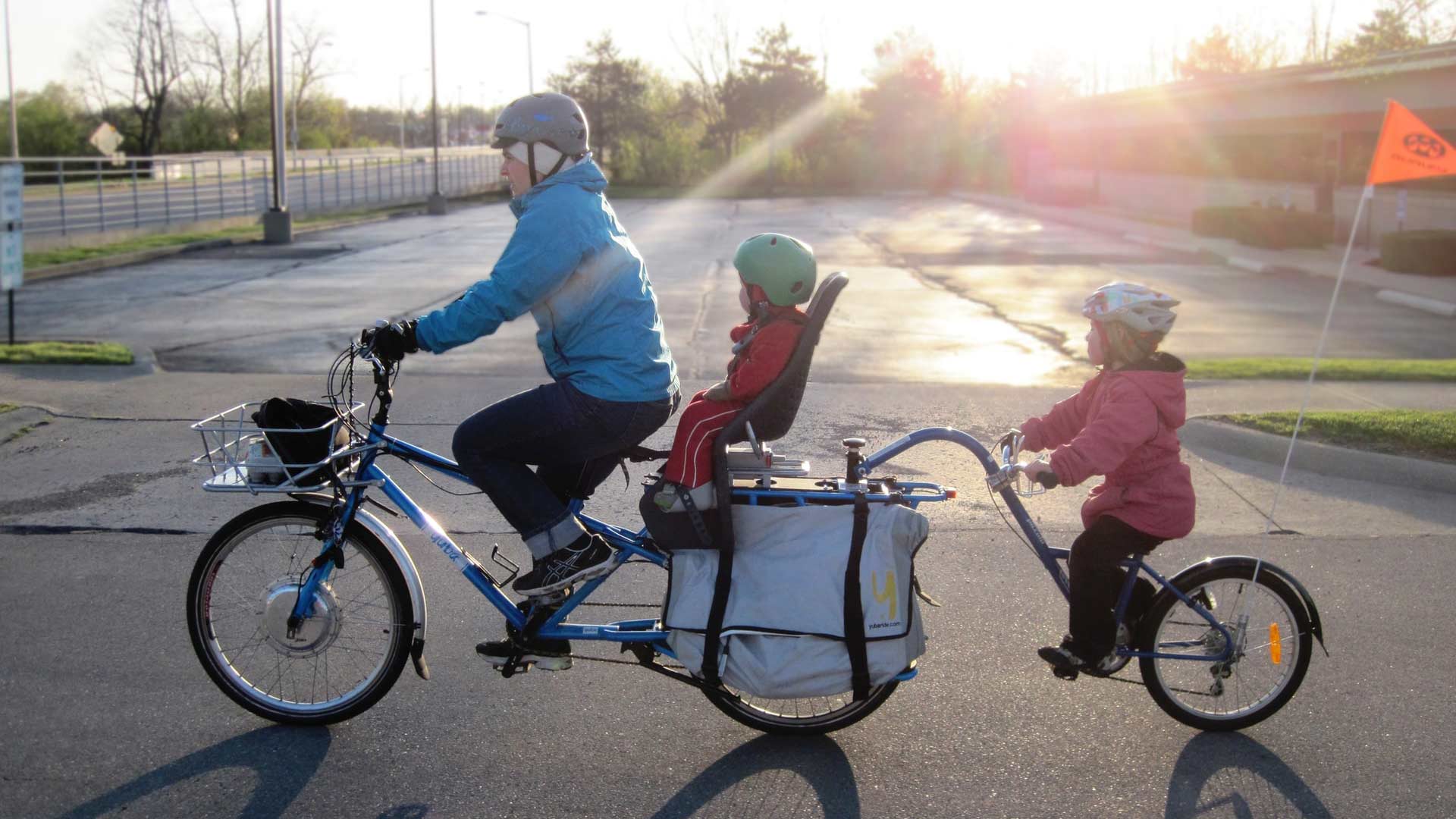
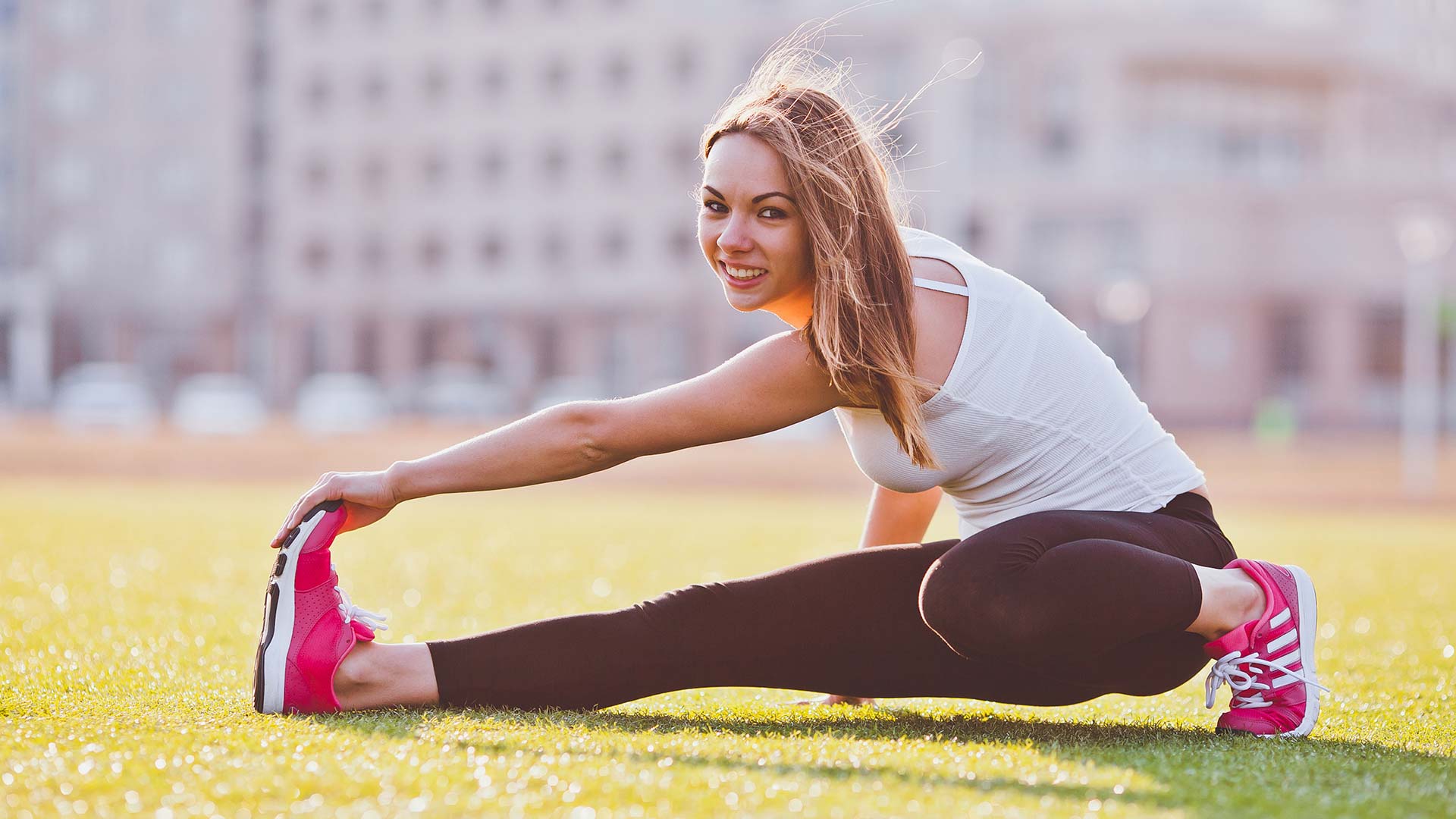
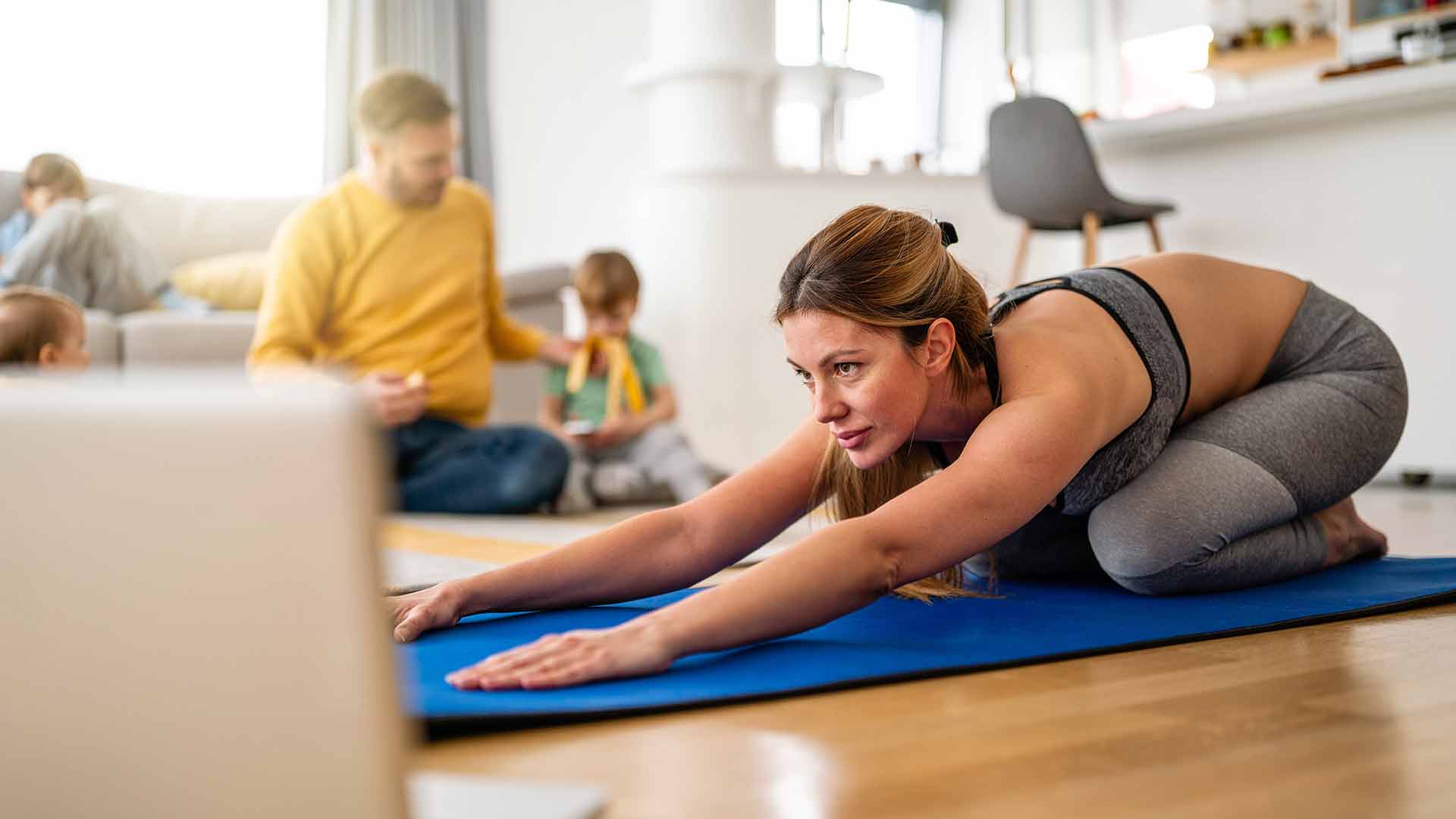



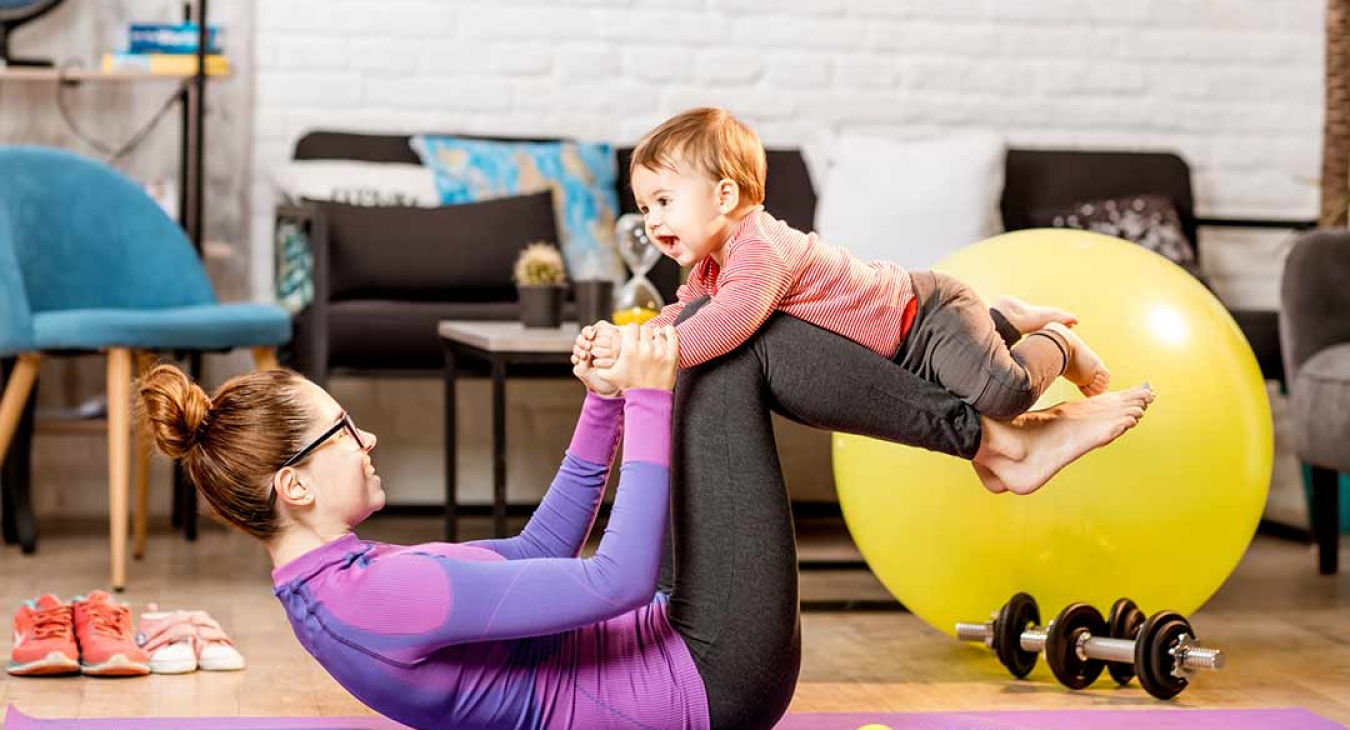

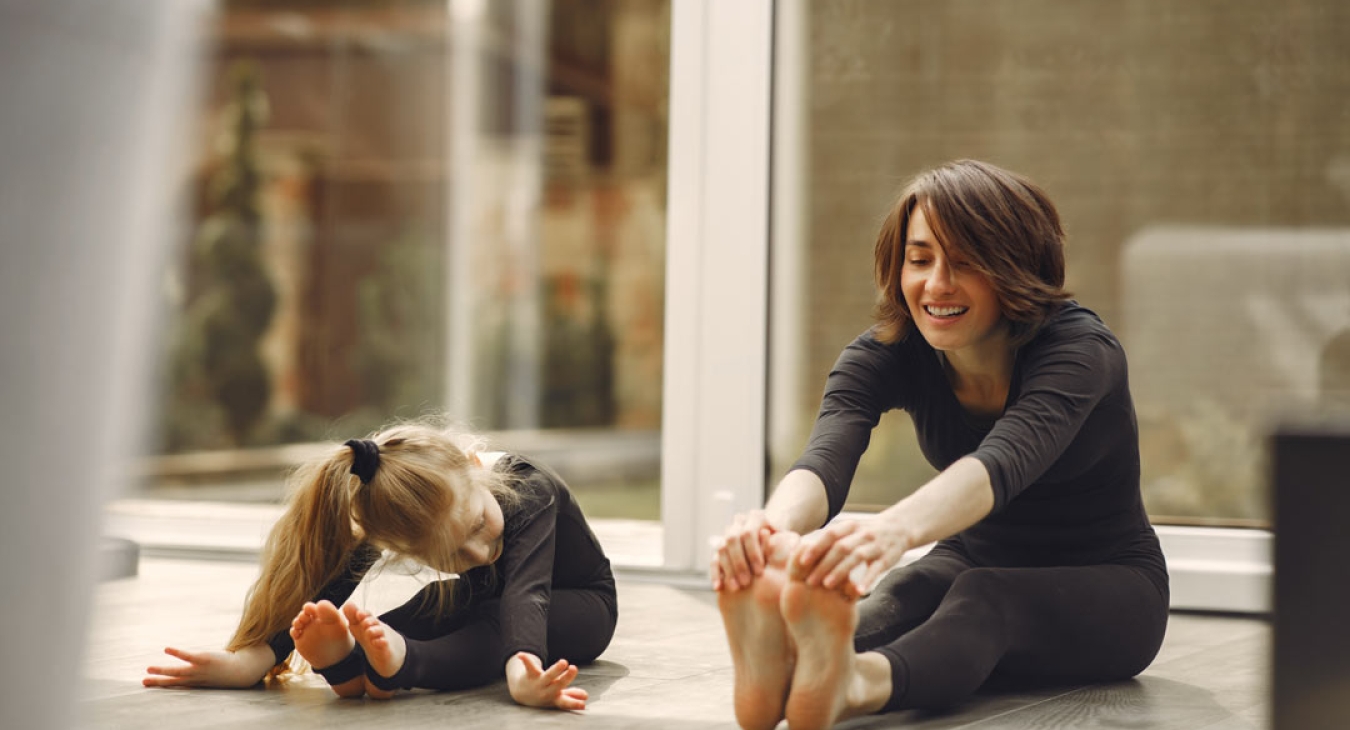
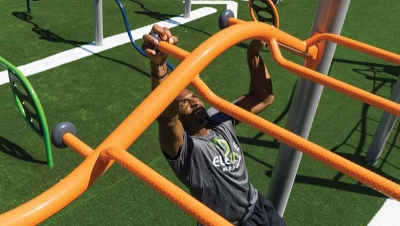

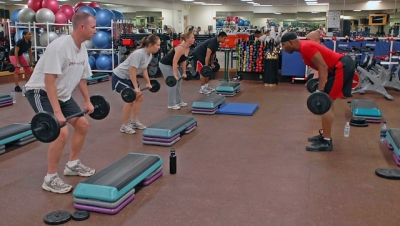



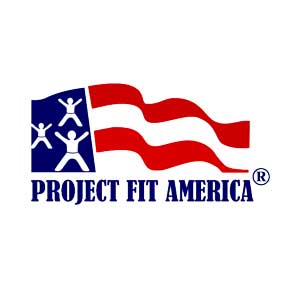





Add new comment